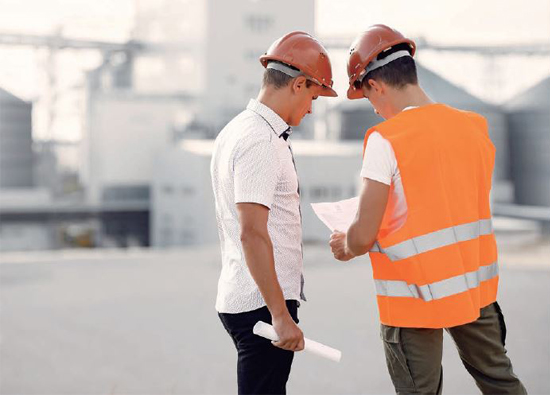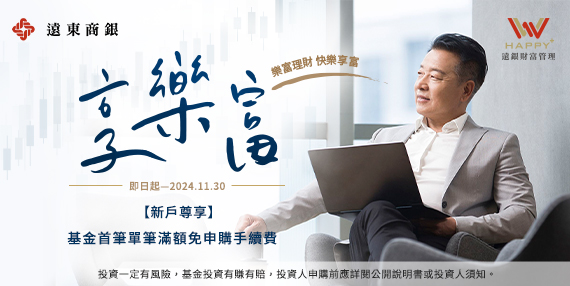07.2021 Office Talk
Work experience of new staff of the Safety and Environmental Protection Department.
Oriental industries (Suzhou) / Shao Bulei

As Zuo Zhuan said, "in peace, we should be prepared for danger, and be prepared for no danger". In a safe environment, we should always consider the possibility of danger, because peace and danger are mutually beneficial, misfortunes and blessings are mutually beneficial, priorities are mutually contradictory, gathering and dispersing with sincerity, peace and danger are mutually transformed, and disaster and happiness are mutually causal. This is also the awareness that a member of the safety and environmental protection department must have.
According to the book of songs, "before the rain, we need to prepare for the rain." although it doesn't rain, we need to repair the doors and windows of the house to prevent the rain. In other words, we should prepare for the rain instead of digging a well. We need to do a good job in advance, rather than make a quick remedy when we have a problem. This coincides with the "foreseeing danger" often mentioned by the company leaders.
For the production site, employees should be aware of the risks before industrial accidents, so as to improve their vigilance and reduce accidents. In order to do a good job of prevention in advance, the safety and environmental protection department subdivides "foreseeing danger" into "three minutes before work" and "dynamic operation video". Through the "three minutes before work", the safety and environmental protection department publicizes the possible dangers in the work position to the front-line staff and strengthens the safety awareness of the staff, so that they can be more cautious in dangerous operation; The "dynamic operation video" is for the front-line operators to re explore the previous operation methods, find out the dangerous behaviors and links, and put forward the improvement methods, and then shoot the modified SOP as a video for the on-the-job training of new employees. This kind of training method is more intuitive and easy to understand than the general classroom training.
In Shuo yuan, Liu Xiang of the Han Dynasty said, "the trouble comes from the unexpected, and the trouble comes from the subtle." Most of the disasters are caused by laziness and laxity at the beginning. When it is applied to daily safety management, laziness and carelessness may lead to the neglect of minor problems, the inability to detect the existence of hidden dangers, or the awareness and indifference, resulting in industrial accidents. Although the superior leaders attach importance to safety and deploy a series of safety policies, if they are not implemented in place, the front-line staff can not understand or not fully understand, which will also become a hidden danger of industrial safety.
It is the so-called "Jingxi stone dangerous people cautious, all year round did not hear overturned people.". But in the place where there is no stone, I always hear that there is degradation. " When people walk on the dangerous rocks of Jingxi River, they are always cautious and cautious, so they seldom hear of people falling into the water all year round; On the contrary, accidents of falling into the water are often reported in flat places. Compared with the recent industrial accidents, the more serious accidents often occur in the general risk positions. The injured employees are mostly experienced old employees. Because they have a certain degree of proficiency in work, and form their own working mode, they think this mode is more convenient and efficient, saving time and effort. But they don't know that it is convenient, but also accompanied by certain risks, which eventually leads to the occurrence of accidents.
Sima Xiangru of the Han Dynasty said in the book of admonishment and hunting: "the wise have foresight in the future, while the wise avoid danger in the future." It means to foresee the event before it happens and arrange the way to avoid the danger before it happens, instead of waiting for the event to happen and then seeking countermeasures. This is not only the responsibility of the safety and environmental protection department, but also the responsibility of the on-site unit. Only when the on-site supervisor and the front-line operators try their best to cooperate, take a long-term view and think of danger in times of safety, can the safety management work be done better and achieve the safety production goal of zero injury, zero pollution, zero accident and zero occupational disease. The safety of the company depends on everyone to guard!
#
According to the book of songs, "before the rain, we need to prepare for the rain." although it doesn't rain, we need to repair the doors and windows of the house to prevent the rain. In other words, we should prepare for the rain instead of digging a well. We need to do a good job in advance, rather than make a quick remedy when we have a problem. This coincides with the "foreseeing danger" often mentioned by the company leaders.
For the production site, employees should be aware of the risks before industrial accidents, so as to improve their vigilance and reduce accidents. In order to do a good job of prevention in advance, the safety and environmental protection department subdivides "foreseeing danger" into "three minutes before work" and "dynamic operation video". Through the "three minutes before work", the safety and environmental protection department publicizes the possible dangers in the work position to the front-line staff and strengthens the safety awareness of the staff, so that they can be more cautious in dangerous operation; The "dynamic operation video" is for the front-line operators to re explore the previous operation methods, find out the dangerous behaviors and links, and put forward the improvement methods, and then shoot the modified SOP as a video for the on-the-job training of new employees. This kind of training method is more intuitive and easy to understand than the general classroom training.
In Shuo yuan, Liu Xiang of the Han Dynasty said, "the trouble comes from the unexpected, and the trouble comes from the subtle." Most of the disasters are caused by laziness and laxity at the beginning. When it is applied to daily safety management, laziness and carelessness may lead to the neglect of minor problems, the inability to detect the existence of hidden dangers, or the awareness and indifference, resulting in industrial accidents. Although the superior leaders attach importance to safety and deploy a series of safety policies, if they are not implemented in place, the front-line staff can not understand or not fully understand, which will also become a hidden danger of industrial safety.
It is the so-called "Jingxi stone dangerous people cautious, all year round did not hear overturned people.". But in the place where there is no stone, I always hear that there is degradation. " When people walk on the dangerous rocks of Jingxi River, they are always cautious and cautious, so they seldom hear of people falling into the water all year round; On the contrary, accidents of falling into the water are often reported in flat places. Compared with the recent industrial accidents, the more serious accidents often occur in the general risk positions. The injured employees are mostly experienced old employees. Because they have a certain degree of proficiency in work, and form their own working mode, they think this mode is more convenient and efficient, saving time and effort. But they don't know that it is convenient, but also accompanied by certain risks, which eventually leads to the occurrence of accidents.
Sima Xiangru of the Han Dynasty said in the book of admonishment and hunting: "the wise have foresight in the future, while the wise avoid danger in the future." It means to foresee the event before it happens and arrange the way to avoid the danger before it happens, instead of waiting for the event to happen and then seeking countermeasures. This is not only the responsibility of the safety and environmental protection department, but also the responsibility of the on-site unit. Only when the on-site supervisor and the front-line operators try their best to cooperate, take a long-term view and think of danger in times of safety, can the safety management work be done better and achieve the safety production goal of zero injury, zero pollution, zero accident and zero occupational disease. The safety of the company depends on everyone to guard!
#


















